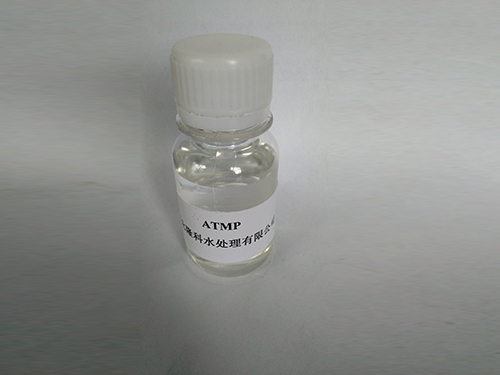Utilizing Poly Aluminium Chloride for Enhanced Efficiency in Wastewater Treatment Processes and Applications
Poly Aluminium Chloride in Wastewater Treatment
Poly Aluminium Chloride (PAC) has become a crucial coagulant in wastewater treatment processes due to its effective performance, cost-efficiency, and environmental benefits
. As water scarcity and pollution continue to be pressing global issues, the role of PAC in treating wastewater is more significant than ever.PAC is a versatile chemical compound derived from aluminum hydroxide. It is favored in water treatment applications because it has a high charge density, which allows it to agglomerate fine particles effectively. When introduced to wastewater, PAC destabilizes colloidal particles and facilitates their aggregation, thus forming larger flocs that can be easily removed through sedimentation or filtration.
One of the most prominent advantages of PAC is its efficacy in removing various contaminants, including suspended solids, organic matter, heavy metals, and microorganisms. Its performance is particularly notable in the treatment of industrial wastewater, which often contains complex pollutants that standard coagulants struggle to manage. PAC can adapt to different pH levels and turbidity conditions, making it a flexible solution for treating diverse wastewater streams.
Additionally, PAC offers benefits over traditional coagulants, such as aluminum sulfate. PAC requires a lower dosage to achieve the same level of clarity in treated water, leading to reduced chemical costs and less sludge production. This is important for facilities focused on minimizing their operational footprint and improving sustainability. The lower sludge volume not only reduces disposal costs but also makes the overall treatment process more efficient.
poly aluminium chloride in wastewater treatment

The use of PAC is not limited to surface water treatment; it is also prominent in the treatment of wastewater from various industries, including textiles, paper, and food processing. Each of these industries produces wastewater with distinct challenges, such as dyes in textile waste or organic pollutants in food processing. PAC's adaptability allows it to effectively tackle these issues, resulting in the production of reusable water that meets regulatory standards.
Moreover, recent advancements in PAC formulations have further enhanced their treatment capabilities. Modified versions of PAC, engineered to improve flocculation performance or to target specific contaminants, are emerging in the market. These innovations are particularly relevant in addressing the growing concern over micro-pollutants, such as pharmaceuticals and personal care products, which conventional treatment methods may not adequately remove.
It is essential to consider the regulatory landscape and public perceptions when implementing PAC in wastewater treatment. Regulatory agencies around the world continue to enforce stricter guidelines for effluent quality, compelling industries to adopt more effective treatment solutions. There is also increasing public awareness regarding water quality and environmental sustainability, driving demand for cleaner, safer water sources.
Despite the many advantages, the use of PAC also requires careful management. Operators must monitor the dosage to prevent excess aluminum residuals in the treated water, which can pose environmental risks. Additionally, while PAC is generally considered safe, the potential for chemical reactions and by-products must be assessed to ensure compliance with health and safety standards.
In conclusion, Poly Aluminium Chloride is an effective and versatile coagulant that plays a vital role in modern wastewater treatment. Its ability to remove a wide range of contaminants while producing less sludge and requiring lower dosages makes it an appealing choice for treatment facilities. As industries face increasing pressure to improve their wastewater management practices, PAC remains at the forefront of innovative solutions aimed at protecting our water resources and promoting environmental sustainability. The continued research and development of PAC formulations will likely enhance its application and efficacy in the years to come.
-
Water Treatment with Flocculant Water TreatmentNewsJun.12,2025
-
Polymaleic AnhydrideNewsJun.12,2025
-
Polyaspartic AcidNewsJun.12,2025
-
Enhance Industrial Processes with IsothiazolinonesNewsJun.12,2025
-
Enhance Industrial Processes with PBTCA SolutionsNewsJun.12,2025
-
Dodecyldimethylbenzylammonium Chloride SolutionsNewsJun.12,2025





